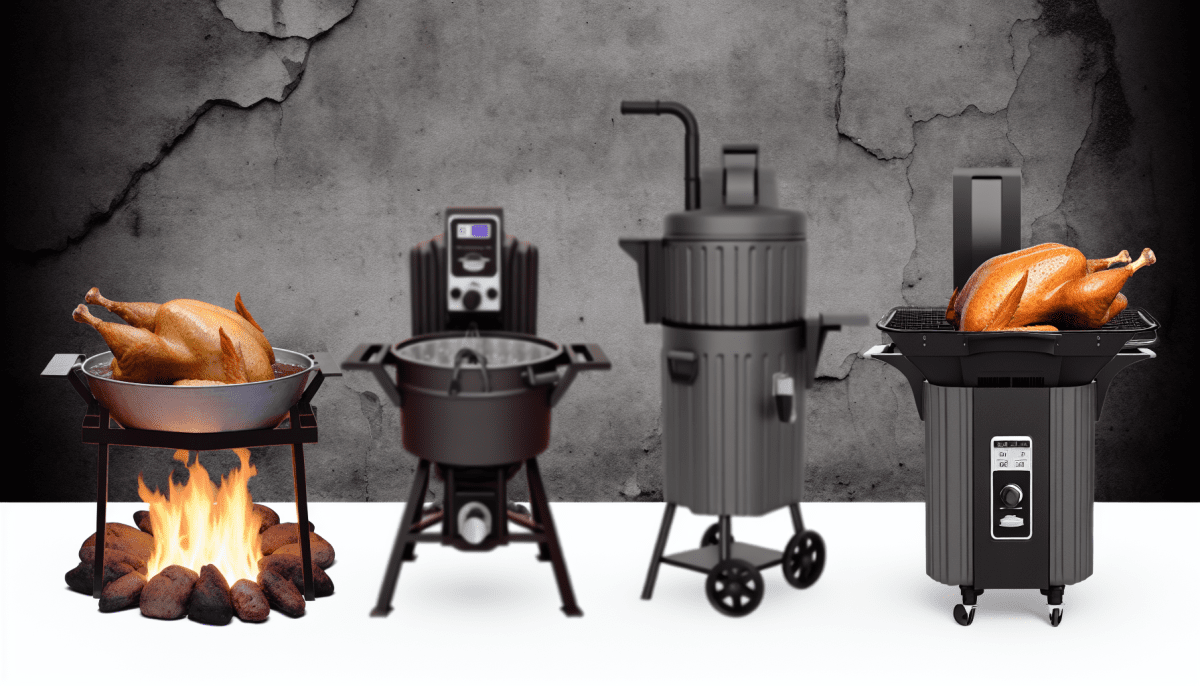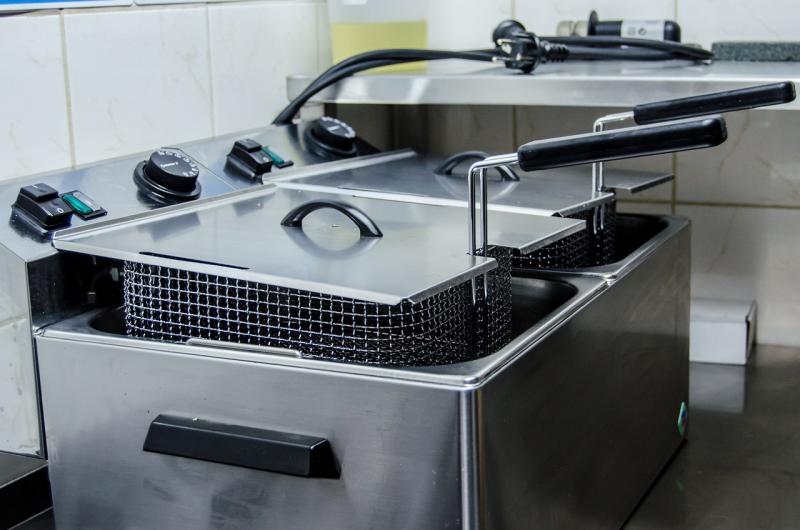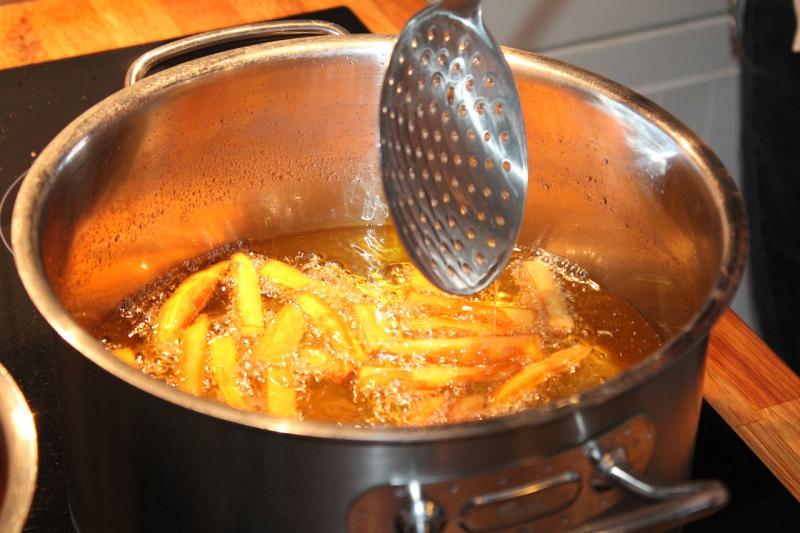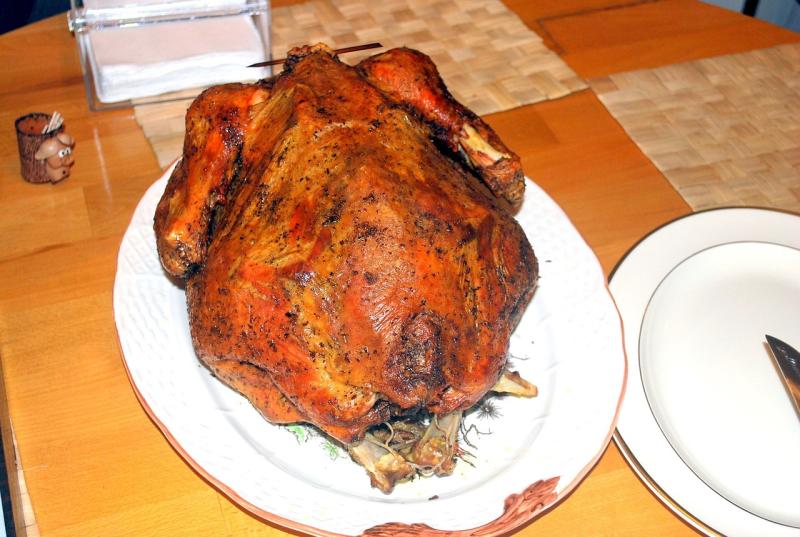Cooking has been an essential part of human survival and culture since prehistoric times. The earliest methods were simple and practical, relying on the resources available to early humans. Initially, people cooked food over an open fire, which provided heat and allowed them to prepare a variety of meals. This basic technique involved skewering meat over flames or placing it on hot stones, transforming raw ingredients into more palatable dishes.
As societies developed, so did cooking methods. The invention of pottery and metal tools in ancient civilizations allowed for more sophisticated techniques. Boiling and roasting became popular as pots and pans enabled cooks to prepare food in a controlled manner. This progression laid the groundwork for diverse culinary traditions around the world. Each culture adapted its cooking methods based on the available resources and the flavors they wished to highlight.
The Middle Ages saw the introduction of enclosed hearths, which not only improved safety but also enhanced the cooking experience. Cooks could now control the heat more precisely and experiment with different cooking styles. With the rise of the Renaissance, culinary arts flourished, giving birth to various techniques, including frying. Frying quickly became a favored method due to its ability to create rich flavors and textures, thus paving the way for future innovations.
By the 19th and 20th centuries, advancements in kitchen technology began to revolutionize cooking methods. The introduction of gas and electric stoves made cooking more accessible and efficient. With these innovations, frying evolved to include the use of specialized equipment, including deep fryers. This shift set the stage for the eventual emergence of turkey fryers, which brought a whole new level of joy to cooking during festive occasions.
The Birth of the Turkey Fryer
The turkey fryer, as we know it today, has an interesting origin rooted in Southern cooking traditions. In the early 20th century, deep frying turkeys was a practice mainly associated with Cajun cuisine in Louisiana. The concept was simple: the juicy meat of the turkey cooked quickly in hot oil, infusing it with flavor while keeping it tender. However, it wasn’t until the late 20th century that the practice gained widespread popularity.
In the 1980s, with the boom of outdoor cooking and the burgeoning food network, the turkey fryer began to evolve. Home cooks and chefs alike started experimenting with larger fryers that could handle more than just a few pieces of chicken. This led to the creation of patio-friendly, portable turkey fryers that made it easier for families to prepare a whole bird for the holiday feast. The introduction of the propane-fueled fryers added to the convenience, allowing users to achieve high temperatures efficiently.
As people began to see the potential for deep-frying their holiday birds, safety concerns arose. Early models posed risks due to the handling of large quantities of hot oil and the possibility of flare-ups. Manufacturers responded by designing fryers with built-in safety features, such as temperature controls and sturdy bases, making them safer for home use. This innovation helped the turkey fryer gain a solid reputation as a staple for Thanksgiving and other holiday gatherings.
Today, turkey fryers come in various forms, including electric fryers, oil-less fryers, and traditional propane models. Each offers its unique benefits, catering to different preferences among home cooks. Regardless of the style, the turkey fryer has transformed the way we celebrate the holidays, bringing families together for a unique culinary experience that combines tradition and innovation.
Popularity Boom in the 21st Century
The 21st century has witnessed an explosive growth in the popularity of turkey fryers, transforming them from a niche kitchen appliance into a household staple during the holiday season. As people sought new and exciting ways to prepare traditional meals, deep frying a turkey emerged as a deliciously crispy alternative to the traditional oven-roasted method. Social media platforms played a significant role in this surge, with countless videos showcasing the mouthwatering results of deep-fried turkeys, enticing viewers to try it for themselves.
In addition to social media influence, the advent of improved safety features in turkey fryers contributed to this boom. Earlier models were often seen as dangerous due to the risk of fire and burns, discouraging many home cooks from experimenting with frying. However, advancements such as sturdy construction, thermostatic control, and safety shut-off mechanisms have made modern turkey fryers much safer and easier to use. As families became more comfortable with these appliances, the deep-fried turkey trend began to gain momentum.
The Thanksgiving holiday, in particular, became a major catalyst for the rise of turkey fryers. Families and friends hosting gatherings quickly discovered that frying a turkey not only gave a delightful flavor but also significantly reduced cooking time. This efficiency allowed for quicker meal preparation and more time spent enjoying the company of loved ones. As memories of sizzling turkeys and laughter-filled gatherings spread, more home cooks became eager to invest in this culinary experience.
It wasn’t long before turkey fryers found a place beyond just Thanksgiving feasts. Enthusiasts began to experiment with different marinades, seasonings, and even alternative meats, showing that the versatility of these fryers could delight palates year-round. This creativity further fueled their popularity, making turkey fryers an essential part of outdoor cookouts, holiday parties, and even everyday meals. As we move deeper into the 21st century, it’s clear that the turkey fryer is here to stay, continuing to bring joy and flavor to countless tables across the nation.
Safeguarding Your Frying Experience Today
As turkey fryers gain popularity, it's crucial to prioritize safety while enjoying this delicious cooking method. Frying a turkey can result in crispy skin and juicy meat, but improper use can lead to accidents. Start by choosing a well-designed turkey fryer with safety features, and always follow the manufacturer's instructions. Proper preparation will help ensure your frying experience is both enjoyable and safe.
Before you start frying, find a flat, stable surface outdoors, away from flammable materials. Make sure to set up your fryer at least 10 feet away from your home, garages, and any overhanging branches. This not only protects your cooking space but also minimizes the risk of fire. Additionally, always have a fire extinguisher nearby and never leave your fryer unattended while it’s in use.
Temperature control is another critical aspect of safe turkey frying. Use a thermometer to monitor the oil temperature and avoid overheating. Overheated oil can catch fire, so keeping it below 350°F is a smart move. Don’t forget to dry the turkey thoroughly before immersion; excess moisture can cause dangerous oil splatters. Taking these precautions helps ensure that your turkey frying experience is a safe and fun culinary adventure!



